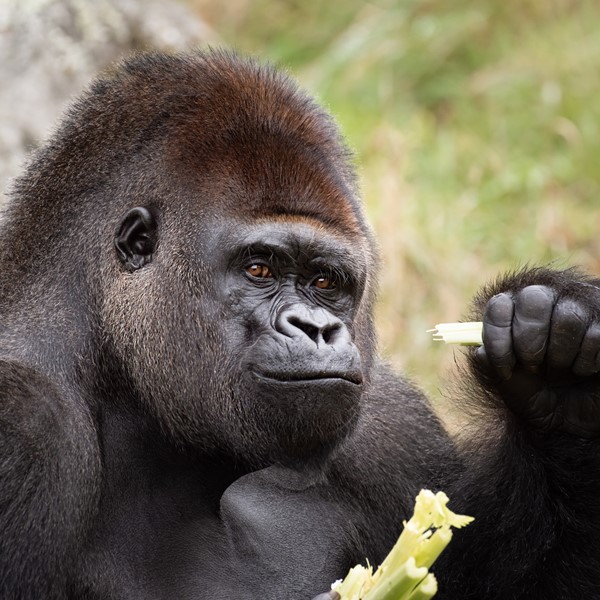Saving the world's rarest snake
Found only on the ‘twin-island’ country of Antigua and Barbuda, this rare snake’s numbers plummeted to 50 individuals in the 1930s, surviving only on one island. This decline followed the introduction of mongoose in the late 19th century as a means to control invasive black rats that were destroying local sugar cane crops. Instead, the mongoose predated upon unsuspecting native species such as the Antiguan racer.
Since 2010, Durrell Academy graduate Natalya Lawrence has been coordinating the work of the Offshore Islands Conservation Programme, an award-winning initiative that has been working to save the Antiguan racer since 1995. Conservationists have been training members of the local community to conduct monitoring surveys. Out of the country's 30 islands, 16 have been cleared of invasive species, and racers have been reintroduced to three islands – Rabbit, Green, and York, thus increasing the species population to approximately 1,100.
Since conservation work began, the snakes have drawn national attention and have even been featured on local television. In 2016, Natalya Lawrence and field biologist, Andrea Otto presented two Antiguan racers to the public, sharing the story of its recovery.
The racer has also made it into the national education curriculum, becoming a real flagship species amongst the people of Antigua and Barbuda. In 2001, the Offshore Islands Conservation Programme launched the field trip programme, Floating Classrooms, in partnership with the Environmental Awareness Group of Antigua and Barbuda. The programme is designed to bring science to life for the local people.
Students and their teachers were taken on a boat tour and introduced to a national marine management area where they interacted with mangrove ecosystems and crucial coral reefs. They were guided through Great Bird Island searching for nesting seabirds and applying the conservation techniques they had learnt about in school.
Natalya Lawrence said, “The project has achieved astounding results. We have brought back the Antiguan racer from the brink of extinction, which has benefited a host of other wildlife, including lizards, sea turtles, birds, and rare plants.”



 Mammals
Mammals Birds
Birds Amphibians
Amphibians Reptiles
Reptiles

